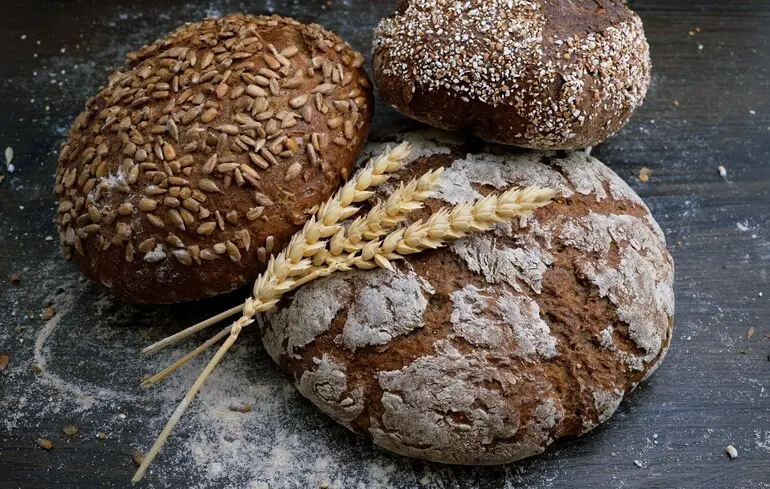Bread Transfiguration Day: Traditions, Customs, and Folk Signs in Ukraine

Every year on August 16th, Ukraine celebrates a special Orthodox holiday known as Bread Transfiguration Day (Hlibny Spas), which is the third among the three major summer festivals.
This holiday has deep historical roots and rich folk traditions.
Falling after the Honey (Makoviy) and Apple (Yablochny Spas) festivals, it holds particular significance for rural and urban populations alike, symbolizing the end of the harvest season, preparing for autumn work, and expressing gratitude for a bountiful yield.
It is also called the Walnut or Canvas Spas, due to traditional practices of transferring the image of Jesus Christ onto a canvas and praying for a good harvest of the upcoming year.Traditionally, the day is marked by strict prohibitions and rituals.
In ancient times, it was believed that quarreling, cursing, wishing harm to others, or engaging in conflicts on Bread Transfiguration Day could lead to poor harvests.
According to church custom, loud celebrations, weddings, or festivities were discouraged to maintain solemnity and spiritual purity.
Consumption of alcohol was also forbidden, as it was believed to cloud spiritual clarity.
A key aspect was giving alms and helping the needy, emphasizing compassion.
Heavy physical work — washing, cleaning, or engaging in crafts — was also prohibited, aligning with the spiritual focus of the day.Folk signs and beliefs related to this holiday have persisted.
It was believed that if the next year’s grain harvest would be plentiful, the same year would see an abundance of walnuts.
If cranes fly away by the third Spas, a cold winter and frosts on Pokrov might be expected.
Thunderstorms on this day foretell a long and warm autumn.
Discovering a worm in the walnuts was considered a bad omen, indicating poor harvests or delays.
These signs reflect the deep connection of Ukrainian folk traditions with the natural rhythms and cycles, passed down through generations, preserving the cultural heritage of the nation.

